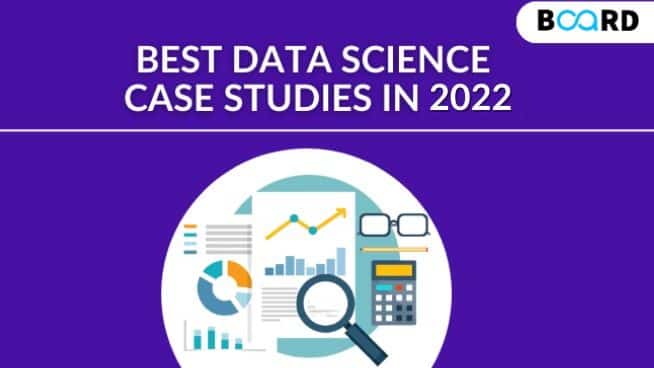Data science
Data science case studies show how company gain knowledge through building, cleaning, and structuring datasets to analyze and extract meaning. It usually involves writing algorithms that process large amounts of information quickly and efficiently.
This might sound like a lot of work. But results can have a huge impact on a business.
What company use data science? Where are they taking it? How does it guide decision making?
Here are 8 distinguished data science case studies.
1. Customer satisfaction
Amazon uses data science to personalize shopping experiences and improve customer satisfaction. Its data is used to provide recommendations to its users on different products and services. This approach works so well for Amazon, it earns 35% of the revenue yearly with this technique. Secondly, Amazon collects consumer data for faster order tracking and better deliveries.
2. Better outcomes
Johnson & Johnson leverages real-time data to track the spread of COVID-19. A global surveillance dashboard helps track the virus’s progress and predict potential hotspots. Groups of individuals at risk of getting affected are identified and effective treatments are explored to improve patient outcomes.
3. On-time delivery
UPS drivers make about 100 deliveries each business day. As a result, on-time and safe package delivery are crucial to UPS’s success. UPS offers an optimized navigation tool ”ORION” (On-Road Integrated Optimization and Navigation). Firstly, this tool for UPS drivers provides route optimization concerning fuel, distance, and time. Secondly, this approach has helped UPS save 1.6 million gallons of gasoline in transportation every year, significantly reducing delivery costs.
4. Cost control
Qantas leverages data science to reduce losses caused due to flight delays, disruptions, and cancellations. They also use it to provide a better traveling experience for their customers by reducing the number and length of delays caused due to huge air traffic, weather conditions, or difficulties arising in operations. When heavy storms badly struck Australia’s east coast, only 15 out of 436 Qantas flights were cancelled due to their predictive analytics-based system against their competitor Virgin Australia, which witnessed 70 cancelled flights out of 320.
5. Customer Preferences
Spotify uses various algorithms to train machine learning models to provide personalized content. A “Discover Weekly” feature generates a personalized playlist of fresh unheard songs matching the user’s taste every week. Using the Spotify “Wrapped” feature, users get an overview of their most favorite or frequently listened songs during the entire year in December. Furthermore, Spotify also leverages the data to run targeted ads to grow its business.
6. Pricing
Uber prices change at peak hours based on demand. Surge pricing encourages more cab drivers to sign up with the company, to meet the demand from the passengers. When the prices increase, the driver and the passenger are both informed about the surge in price. The predictive model for price surging is called the ‘Geosurge’ (patented). It is based on the demand for the ride and the locations.
7. Purchase patterns
Walmart uses data science approaches to discover purchasing patterns. In one interesting early example, Walmart noticed that many customers making purchases in anticipation of a hurricane or tropical storm also bought strawberry Pop-Tarts. Such correlations, often unexpected, can help drive more effective purchasing, inventory management and marketing strategies.
8. Personalization
Zomato uses data science to provide order personalization, like giving recommendations to the customers for specific cuisines, locations, prices, and brands. Restaurant recommendations are made based on a customer’s past purchases, browsing history, and what other similar customers in the vicinity are ordering. This personalized recommendation system has led to a 15% improvement in order conversions and click-through rates for Zomato.
Do these data science case studies show results you can use for your business?





